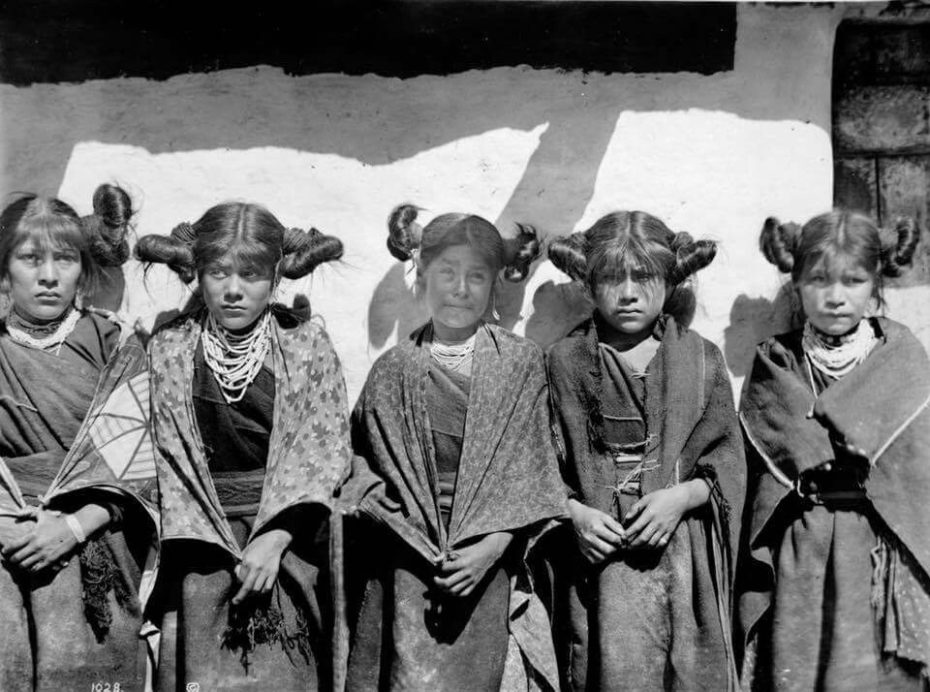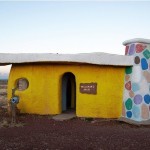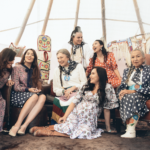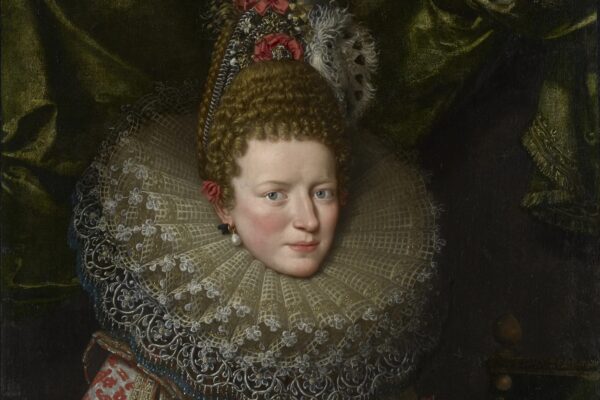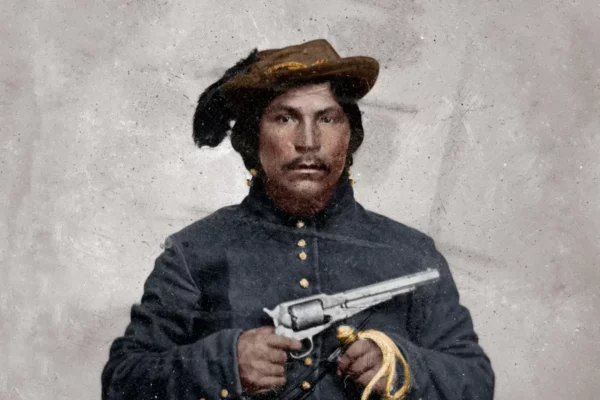Could it be that Princess Leia hails from an ancient Native American tribe called the Hopi, short for Hopituh Shi-nu-mu, meaning, “The Peaceful Little Ones”? Hollywood didn’t give them much credit for one of cinema’s most iconic hairstyles, so in the interest of learning and being curious, let’s put the spotlight on these real-life Princess Leia(s)…
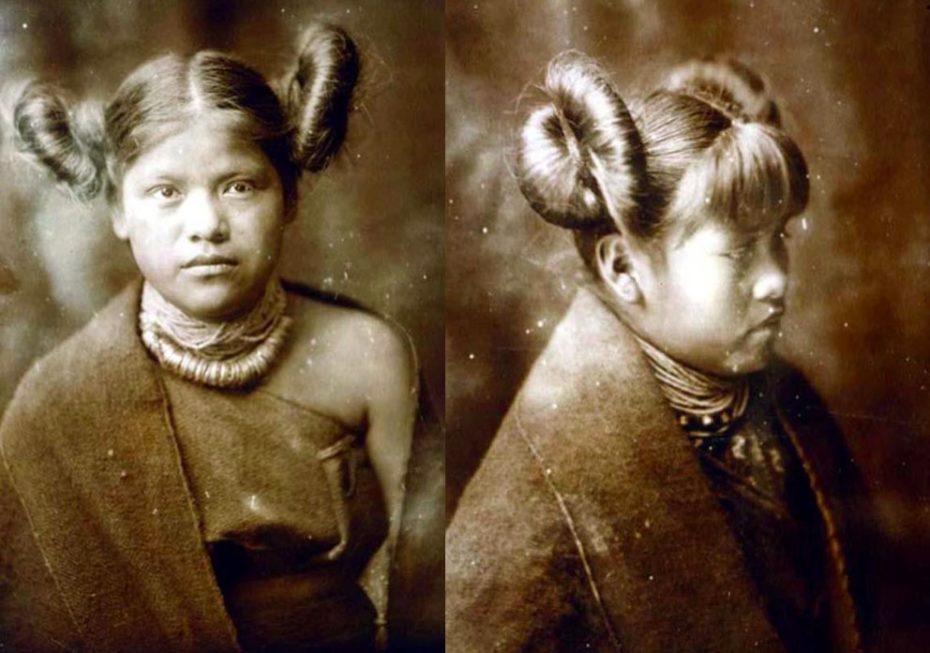
Henry Voth
According to George Lucas, the inspiration behind Carrie Fischer’s famous space age side buns in the first Star Wars flick came from Mexico’s 20th century female revolutionaries. “I went with a kind of south-western Pancho Villa woman revolutionary look, which is what that is,” Lucas told a journalist in 2002. “The buns are basically from turn-of-the-century Mexico”. Cool story, except female Mexican revolutionaries never wore those hairstyles, or anything close to it. And historians agree that the most obvious origins of the style comes from the maidens of the Hopi tribe…
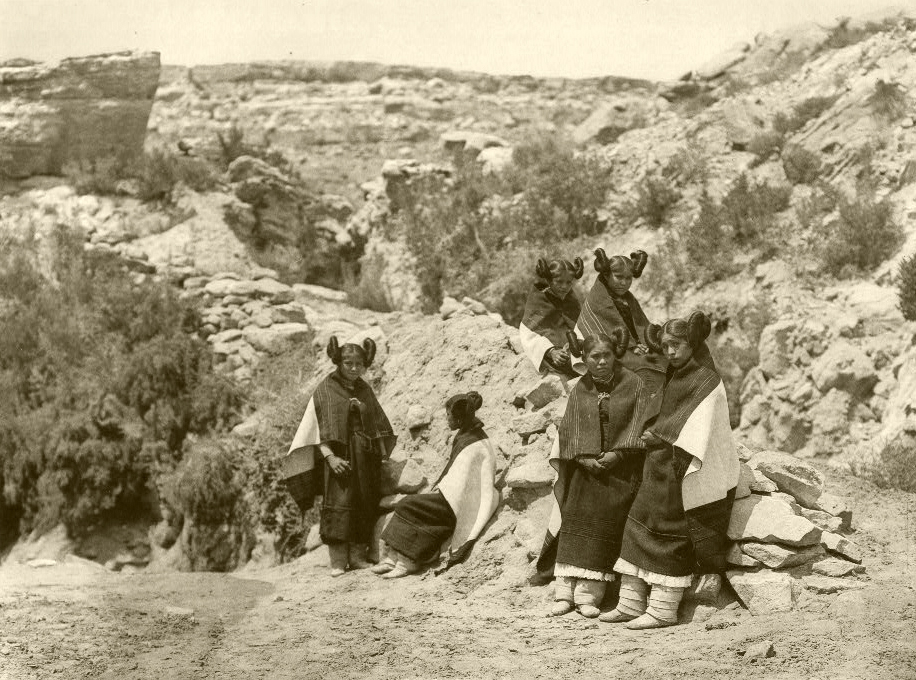
© USC Library
Hopi people are descended from the Ancient “Pueblo Peoples”, known for constructing America’s first pre-historic high rise apartment complexes.
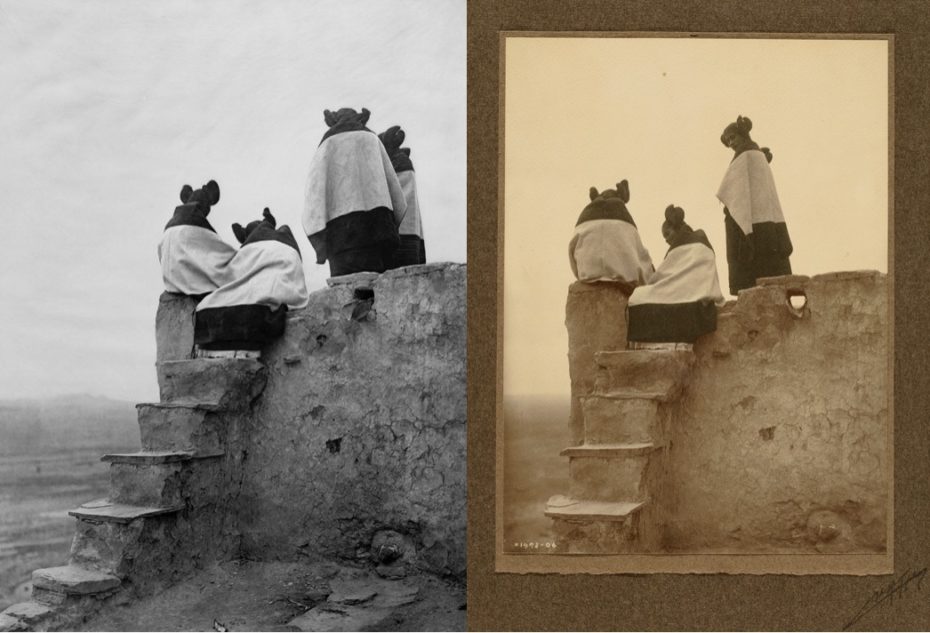
© Edward Sheriff Curtis/ Getty
They‘ve been farming land in Arizona for many hundreds of years, and much of their culture, tradition and religious beliefs revolve around agricultural themes to promote healthy crops and fertile ground. Their need for rain, corn, and crops were creatively interpreted into their cultural expression by imitating natural forms and cycles. This can be seen in their traditional dance, jewellery, pottery, and most noticeably– their hairstyles.
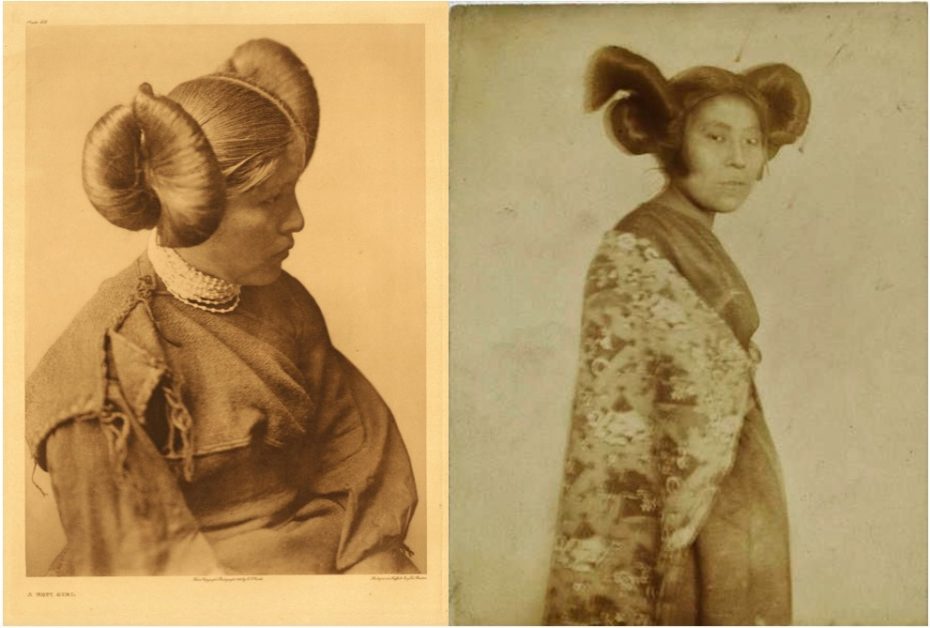
The impressive look is called the “squash blossom whorl”, a traditional hairstyle for unmarried girls. At the onset of puberty, historically young girls went through challenging initiation ceremonies, marked by a day of grinding corn at the paternal grandmother’s house. She would receive a new name and assume the squash blossom hairstyle, the sign of marriageability and fertility.
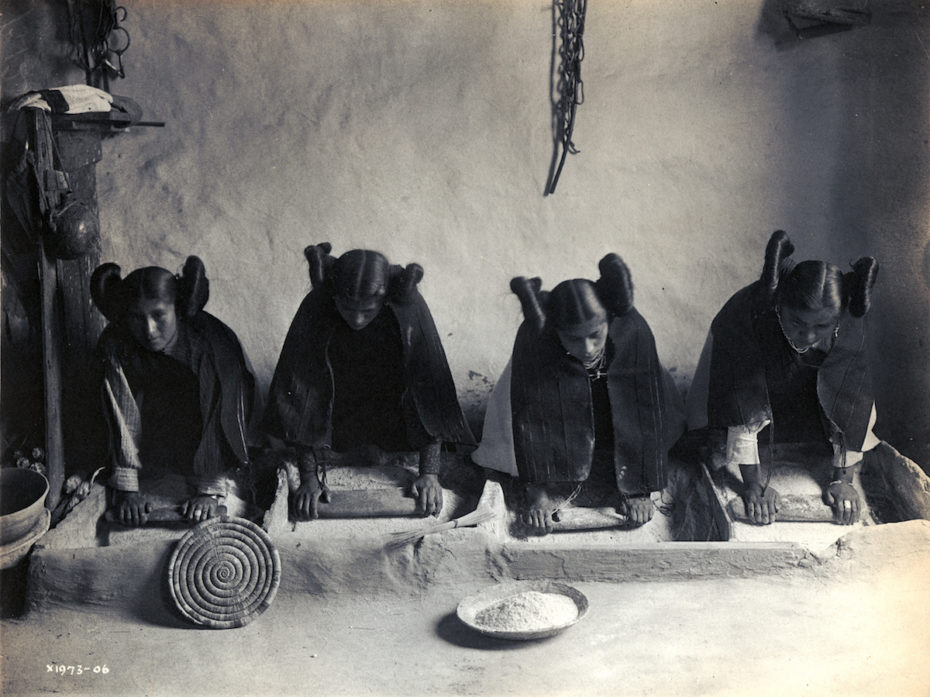
© Science Photo Library
The symbolic side arrangements aren’t actually buns, they’re more loops of hair. To make this hairdo, a young woman’s mother winds her hair around a curved piece of wood to give it a round shape, then remove the wood frame.
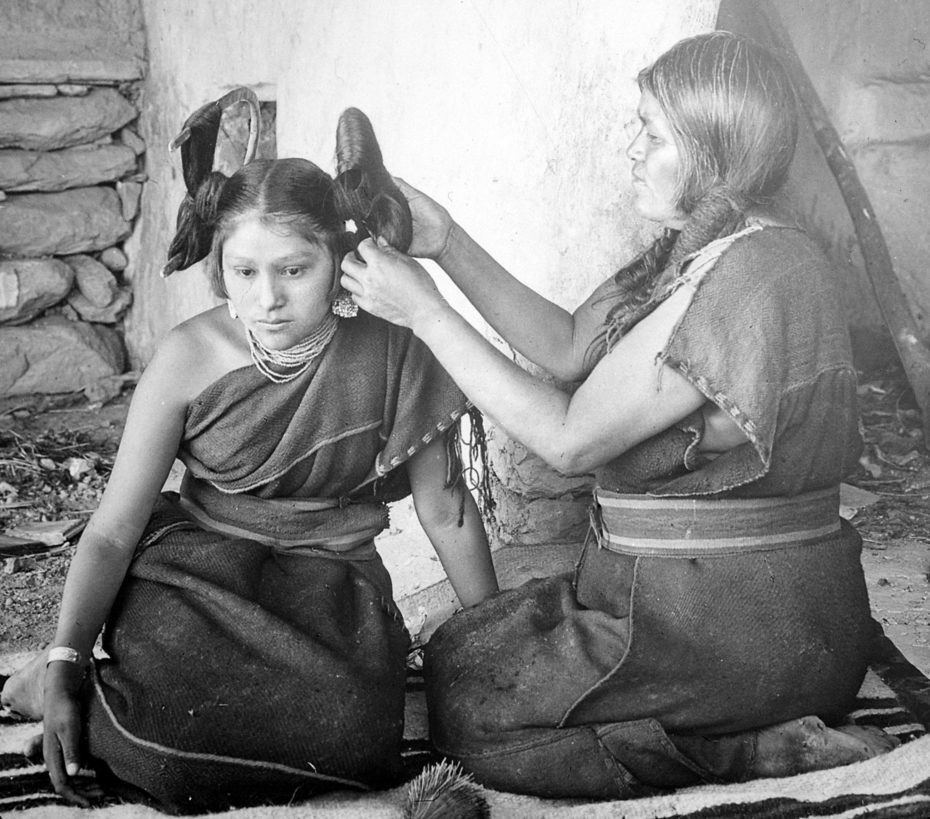
When early American ethnologists spent time with the native tribes and started documenting their way of life in the early 20th century, the first photographs of the Hopi women (and their eye-catching hairstyles) began circulating…
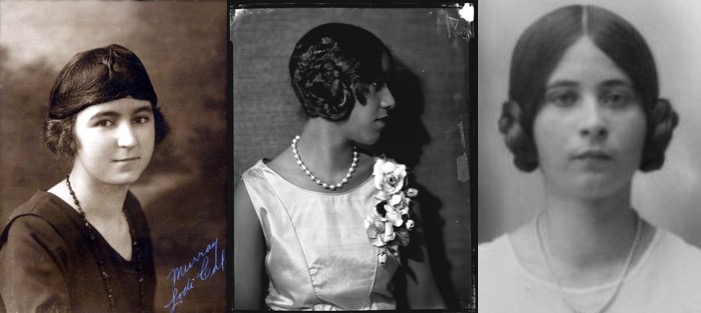
And in the 1920s, the style even briefly became a fashion trend with bohemian western women who were adopting ‘ethnic’ style as an artsy, feminist statement.
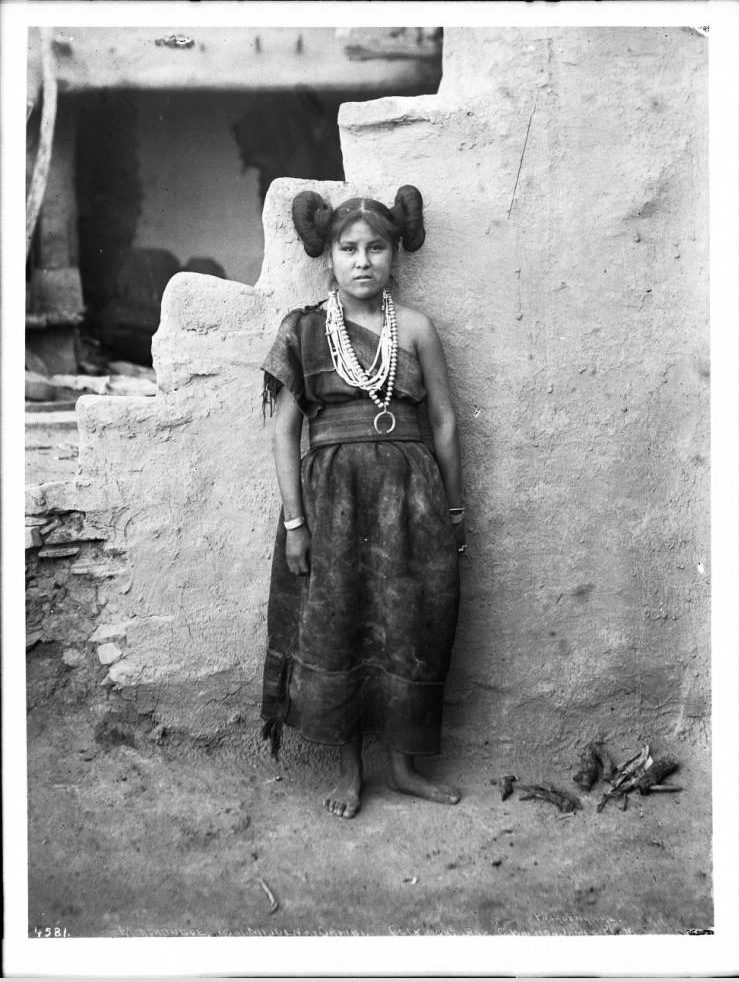
© USC Library
Today, the distinctive Hopi squash blossom hairstyle is rarely seen outside of religious and cultural events. While the Hopi people now primarily live on a large reservation in north east Arizona (about the 2/3 the size of Puerto Rico), the tribe still maintains their traditional way of life in one of the oldest continuously inhabited villages within the territory of the United States.
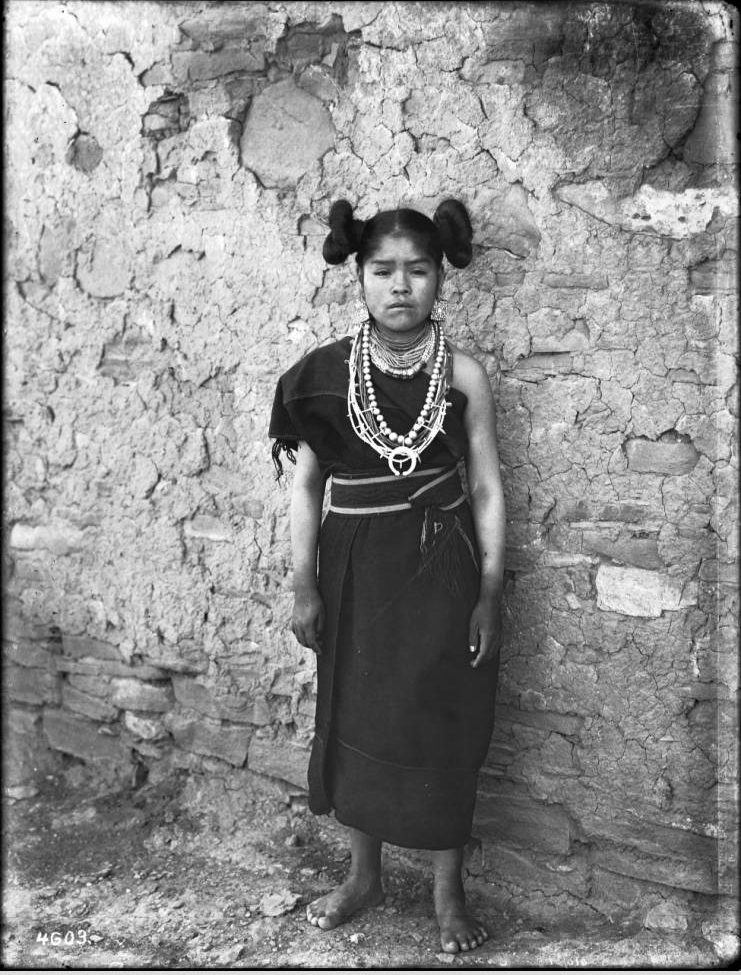
© USC Library
Old Oraibi is one of four original Hopi villages, and one of the last to resist the adoption of modern American culture. Having resisted persecution by the Spanish colonialists and later pressured to assimilate by the American government, the residents tend to be very private. Accessible only via a short road off the Arizona State Route 264, while visitors are welcomed to the village, residents do not allow photographs to be taken of their town or people, meaning there are no known reliable photographs of the settlement as it exists today.
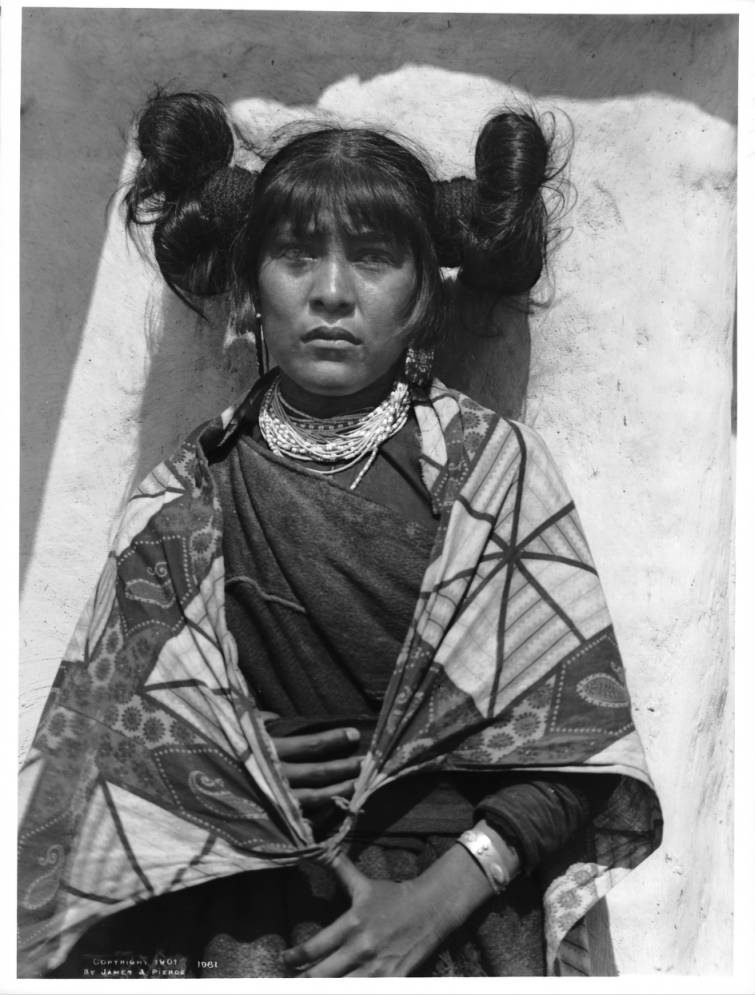
© USC Library
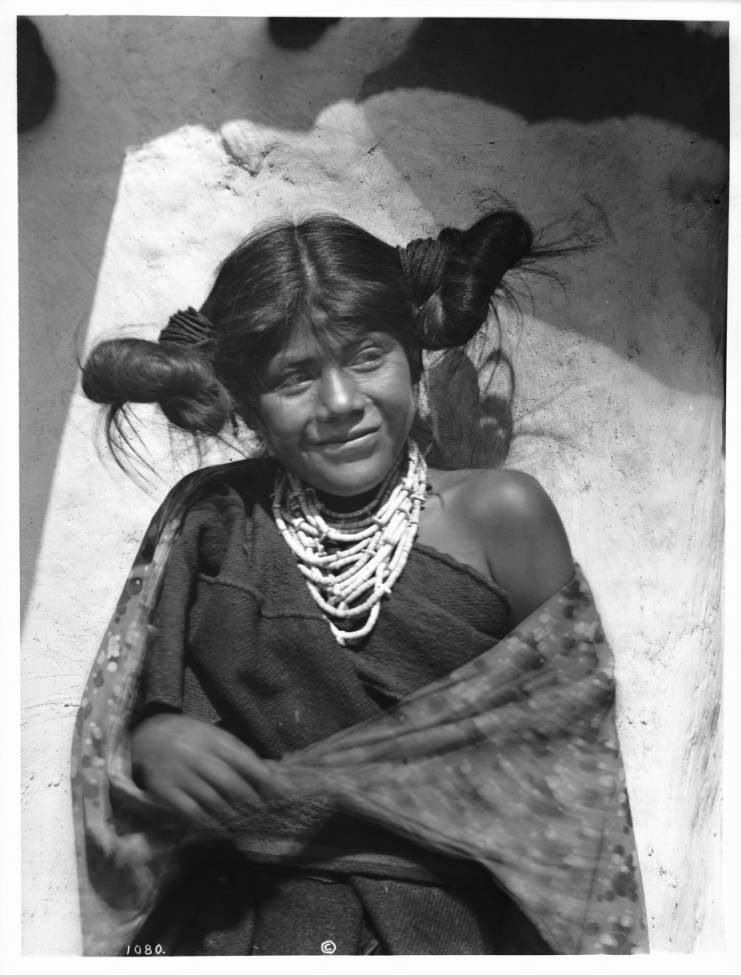
© USC Library
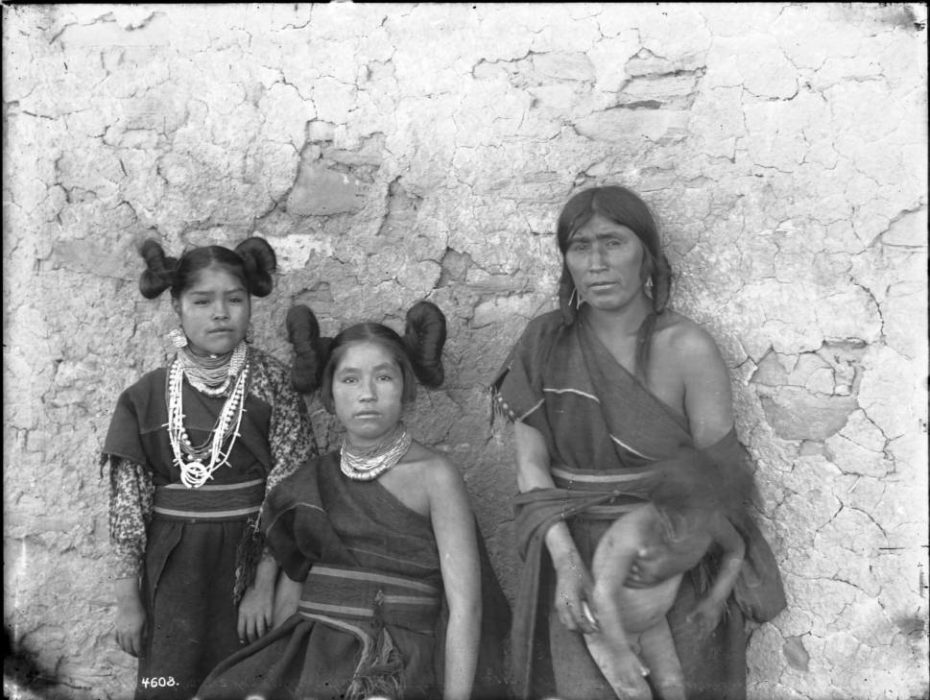
© USC Library
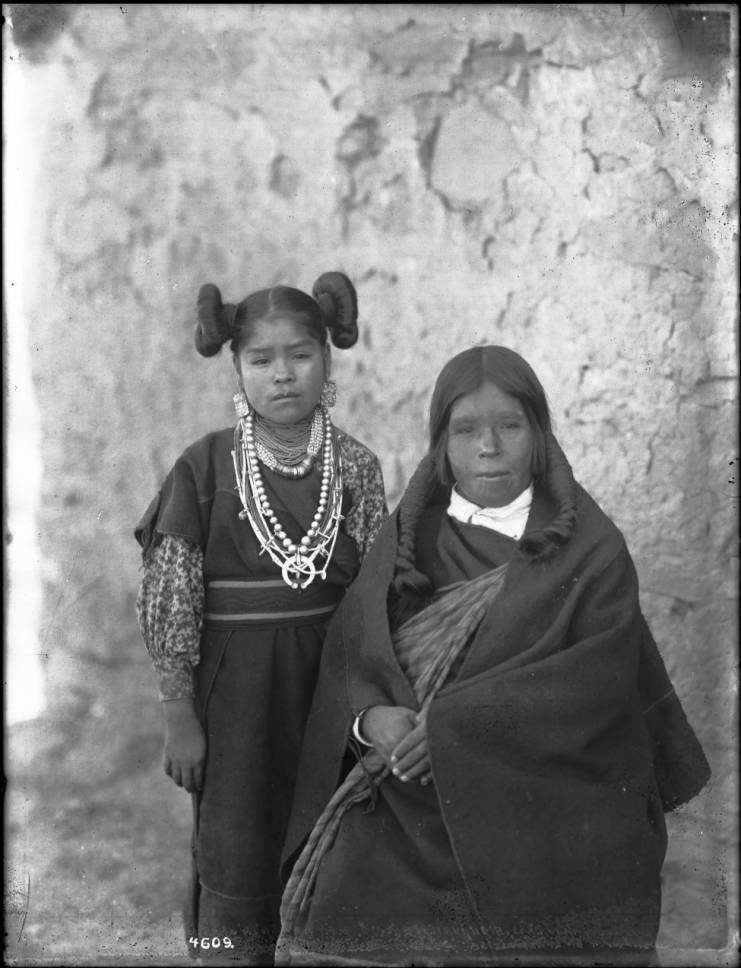
© USC Library
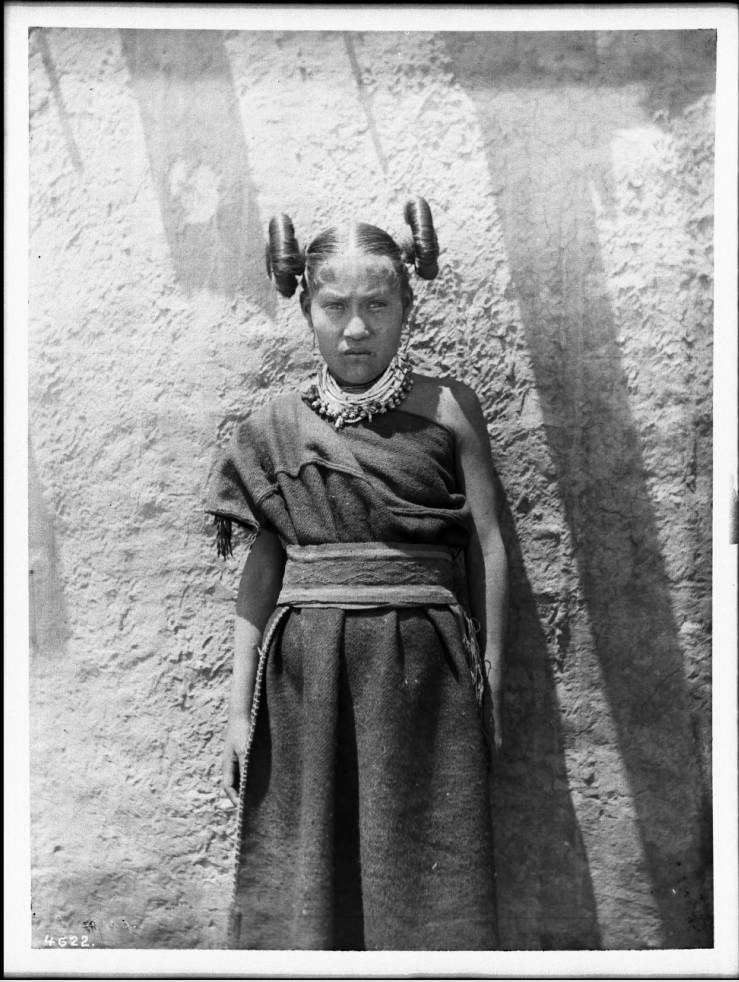
© USC Library
How easily a hairstyle with ancient cultural significance can find its way into another culture, with new interpretations (or lack thereof).
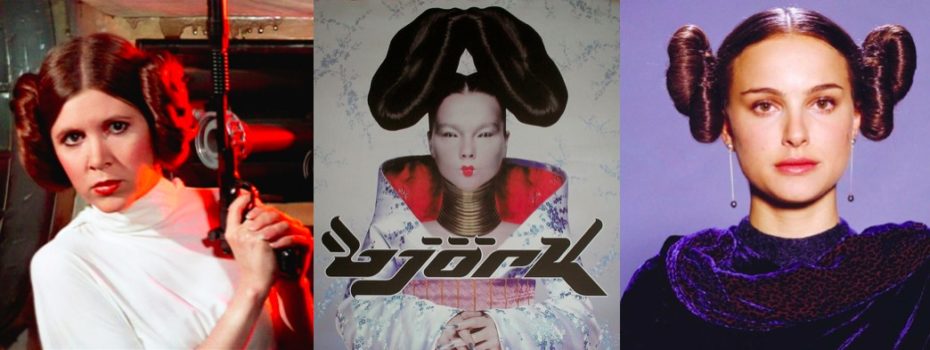
Quite easily in fact, particularly when it comes to Native American hairstyles as it would seem …
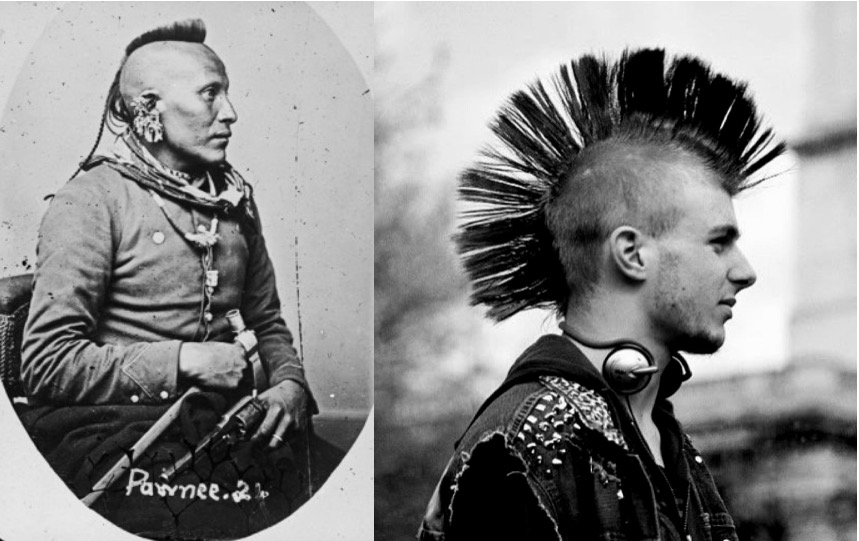
If it isn’t their mohawks, famously borrowed by 80s punks from the Iroquois, a tribe who removed most of their hair in a rebellious gesture toward the scalping of their people, it’s their braids or their elegant topknots.
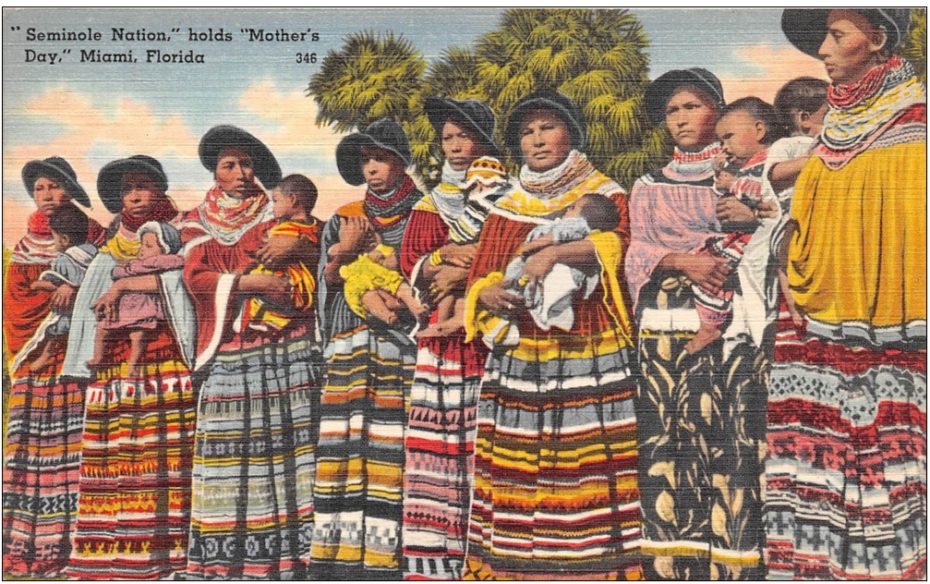
© Delcampe
I did come across one hairstyle in my findings however, that I believe has yet to be borrowed– although correct me if I’ve missed it in an episode of Star Trek. Perhaps even more impressive than the Hopi squashed blossom is the crescent-shaped hair of the Seminoles, a Florida-based Native American tribe that settled deep in the Everglades to resist US forces.
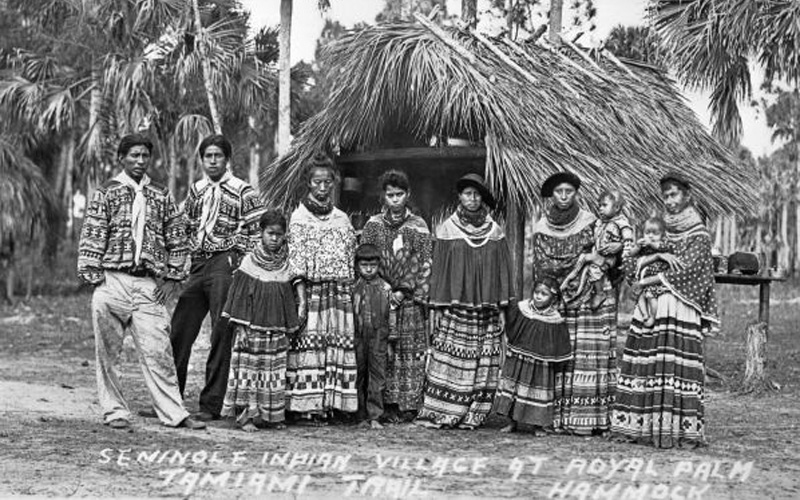
via Florida Memory
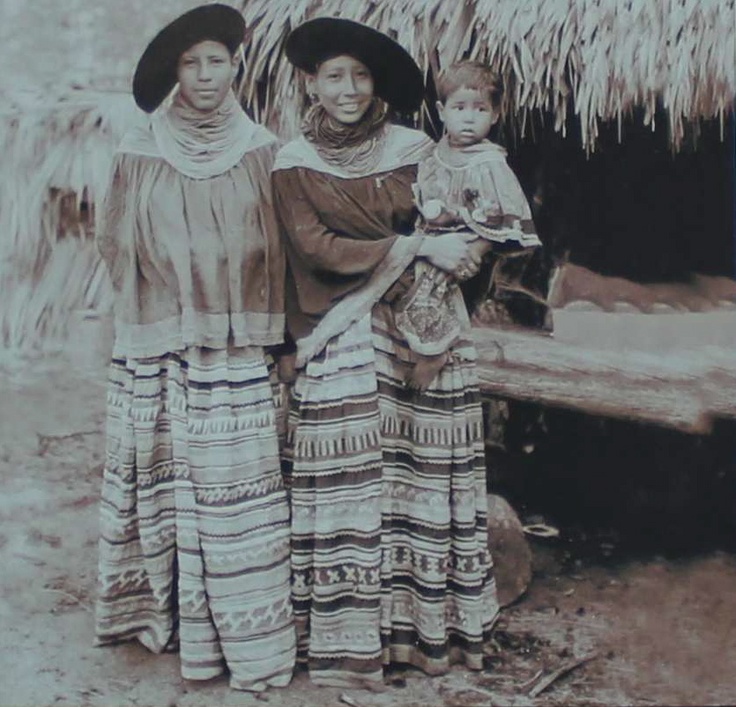
Traditionally, Seminole women adopted a hairstyle known as the “board” or bonnet”, in which they made their hair into a disk shape by fanning it over a tilted cardboard frame. It was common in the 1800’s but today the style almost never seen except on the Seminole palmetto dolls.
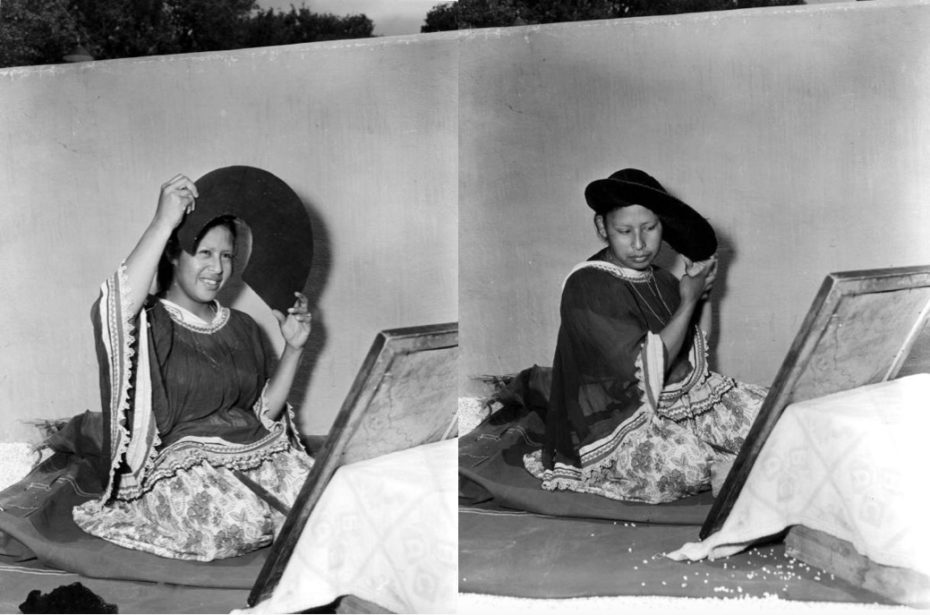
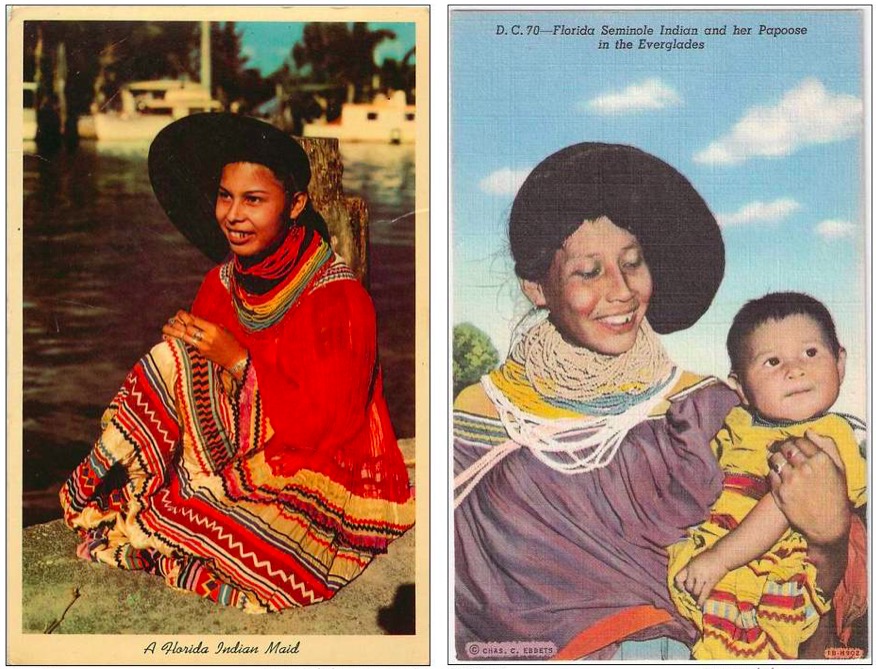
I couldn’t quite work out the symbolism behind these crescent hairdos, so I’ll open the floor up to some of you who might be inclined to know more about the hidden messages of tribal hairstyles or to anyone curious enough to keep digging where I’ve left off…


